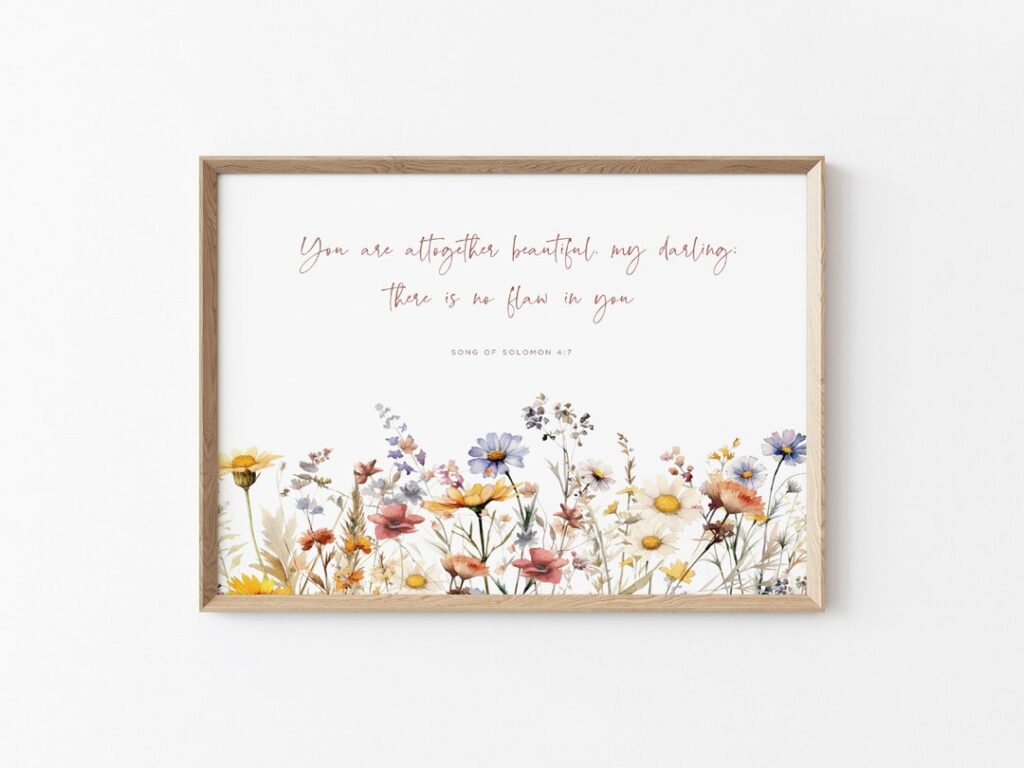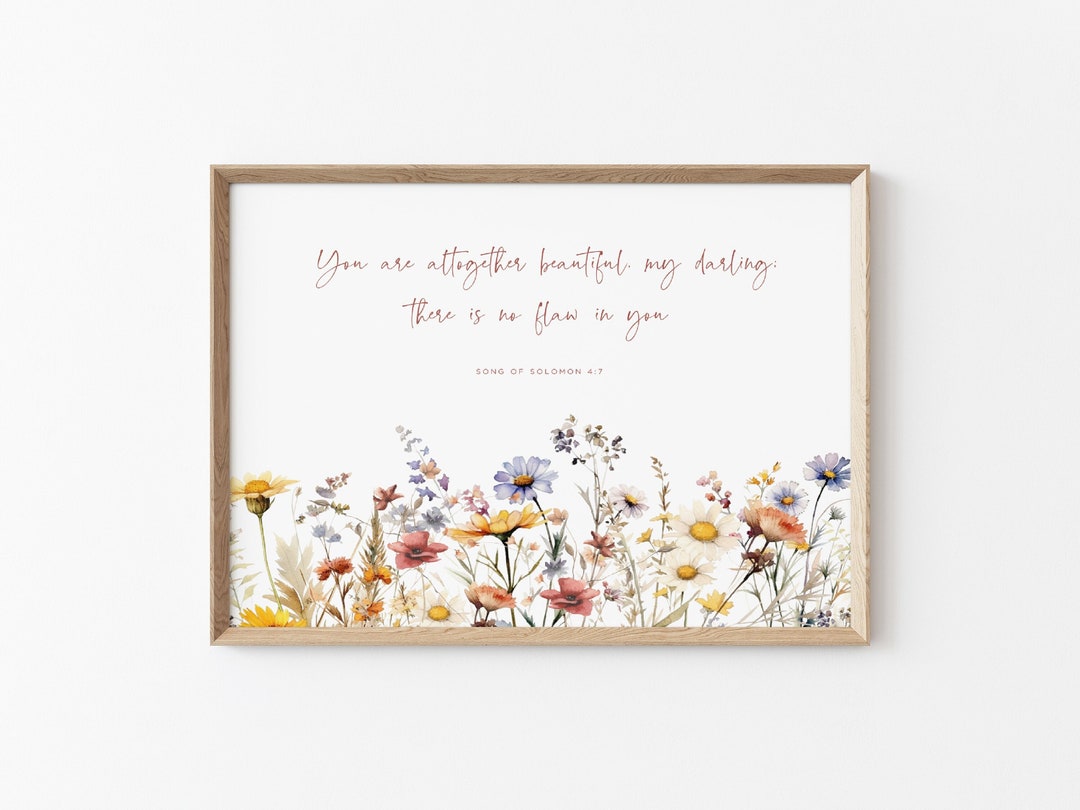
What is the Nursery Verse? Exploring the History, Significance, and Enduring Appeal
The term “nursery verse” often evokes images of childhood, innocence, and simple rhymes. But what is the nursery verse, really? It’s more than just a collection of poems and songs; it’s a cultural cornerstone, a pedagogical tool, and a window into the values and beliefs of past generations. This article delves into the history, significance, and enduring appeal of nursery verse, exploring its role in shaping young minds and preserving cultural heritage.
Defining Nursery Verse
To understand what the nursery verse encompasses, it’s essential to define its boundaries. In its broadest sense, nursery verse refers to any rhyming verse or song intended for young children. This includes:
- Traditional Nursery Rhymes: These are short, often anonymous poems passed down through oral tradition, such as “Humpty Dumpty,” “Twinkle, Twinkle, Little Star,” and “Mary Had a Little Lamb.”
- Lullabies: Gentle songs sung to soothe babies and help them fall asleep.
- Fingerplays and Action Rhymes: Verses accompanied by hand gestures and movements, like “The Itsy Bitsy Spider” and “Head, Shoulders, Knees, and Toes.”
- Educational Verses: Rhymes designed to teach children basic concepts like the alphabet, numbers, and colors.
- Modern Children’s Poetry: Contemporary poems written specifically for children, often exploring more complex themes and emotions.
While traditional nursery verse forms the core of the genre, the definition has expanded over time to include a wider range of children’s literature. The key element that unites these diverse forms is their accessibility and appeal to young children.
A Brief History of Nursery Verse
The origins of nursery verse can be traced back centuries, with many traditional rhymes having roots in folklore, political satire, and social commentary. These early verses were not always intended for children, but their simple language and catchy rhythms made them popular among all age groups. Over time, these rhymes were adapted and simplified for younger audiences, becoming an integral part of childhood.
The 18th and 19th centuries saw a surge in the publication of collections of nursery verse. Books like “Mother Goose’s Melody” (circa 1765) helped to popularize traditional rhymes and establish them as a staple of children’s literature. These early collections often contained moral lessons and didactic messages, reflecting the prevailing educational philosophies of the time.
The 20th century witnessed a shift towards more child-centered approaches to nursery verse. Authors and illustrators began to create rhymes and poems that celebrated the joys of childhood, explored children’s emotions, and encouraged imagination and creativity. This era also saw the rise of iconic children’s poets like A.A. Milne and Shel Silverstein, whose works continue to resonate with young readers today. [See also: The Enduring Legacy of Children’s Literature]
The Significance of Nursery Verse
Nursery verse plays a crucial role in child development, offering a wide range of cognitive, emotional, and social benefits. Some of the key benefits include:
- Language Development: Exposure to rhyme, rhythm, and repetition helps children develop phonological awareness, which is essential for reading and writing.
- Cognitive Skills: Nursery verse can stimulate memory, attention, and problem-solving skills. The simple narratives and patterns in rhymes help children learn to sequence events and make predictions.
- Emotional Development: Nursery verse can provide a safe space for children to explore their emotions and learn about the world around them. Rhymes often address themes of love, loss, fear, and joy, helping children develop empathy and emotional intelligence.
- Social Skills: Sharing nursery verse with others fosters a sense of community and connection. Singing rhymes and playing fingerplays together encourages cooperation, communication, and social interaction.
- Cultural Transmission: Nursery verse serves as a vehicle for transmitting cultural values, beliefs, and traditions from one generation to the next. Rhymes often reflect the history, customs, and social norms of a particular culture.
Understanding what the nursery verse provides in early development showcases its continued importance.
The Enduring Appeal of Nursery Verse
Despite the ever-changing landscape of children’s entertainment, nursery verse continues to hold a special place in the hearts of children and adults alike. Its enduring appeal can be attributed to several factors:
- Simplicity: Nursery verse is characterized by its simple language, catchy rhythms, and memorable melodies. This makes it easy for young children to understand and enjoy.
- Repetition: The repetition of words, phrases, and patterns in nursery verse helps children learn and remember the rhymes. Repetition also provides a sense of comfort and predictability.
- Imagination: Nursery verse often features fantastical characters, whimsical scenarios, and imaginative imagery. This sparks children’s curiosity and encourages them to think creatively.
- Nostalgia: For many adults, nursery verse evokes fond memories of childhood and the warmth of family traditions. Sharing these rhymes with their own children creates a sense of connection and continuity.
- Accessibility: Nursery verse is readily available in books, online resources, and through oral tradition. This makes it easy for parents, educators, and caregivers to share these rhymes with children.
Examples of Classic Nursery Verses and Their Meanings
Many classic nursery verses have hidden meanings or reflect historical events. Let’s examine a few examples:
- “Ring Around the Rosie”: Often associated with the Great Plague of London, the “rosie” refers to the rash, the “pocketful of posies” to the herbs carried to ward off the disease, and “ashes, ashes, we all fall down” to death.
- “Humpty Dumpty”: While seemingly about an egg, some historians believe this rhyme refers to a cannon used during the English Civil War that fell from a wall and could not be repaired.
- “Mary, Mary, Quite Contrary”: This rhyme is thought to be about Mary I of England, known as “Bloody Mary,” and her reign of terror. The “silver bells and cockle shells” are interpreted as symbols of torture.
- “Twinkle, Twinkle, Little Star”: Written by Jane Taylor in 1806, this simple rhyme has become a universal lullaby, representing wonder and the beauty of the night sky.
Understanding the context behind these nursery verses adds another layer of appreciation for their historical and cultural significance.
Modern Adaptations and Interpretations
Nursery verse continues to evolve and adapt to changing times. Modern authors and illustrators are creating new rhymes and poems that reflect contemporary issues and perspectives. They are also reinterpreting traditional rhymes in creative and innovative ways.
Some modern adaptations focus on promoting diversity, inclusion, and social justice. Others explore themes of environmental awareness, technological advancements, and global citizenship. These adaptations help to ensure that nursery verse remains relevant and engaging for future generations.
Incorporating Nursery Verse into Daily Life
There are many ways to incorporate nursery verse into daily life, both at home and in the classroom. Here are a few suggestions:
- Read aloud: Make reading nursery verse a regular part of your routine. Choose books with colorful illustrations and engaging rhymes.
- Sing songs: Sing nursery rhymes and lullabies to your child. Encourage them to sing along and learn the words.
- Play fingerplays: Teach your child fingerplays and action rhymes. These activities are a fun way to develop fine motor skills and coordination.
- Create your own rhymes: Encourage your child to create their own rhymes and poems. This will help them develop their creativity and language skills.
- Use online resources: Explore online resources for nursery verse, such as websites, apps, and videos. These resources can provide a wealth of ideas and inspiration. [See also: Best Online Resources for Early Childhood Education]
By incorporating nursery verse into daily life, you can help your child develop a lifelong love of language and literature.
The Future of Nursery Verse
The future of nursery verse looks bright. As long as there are children to be entertained, educated, and nurtured, nursery verse will continue to play an important role in their lives. By embracing both traditional and modern forms of nursery verse, we can ensure that this rich cultural heritage is passed on to future generations.
In conclusion, what is the nursery verse? It’s a timeless treasure trove of rhymes, songs, and poems that continue to captivate and enrich the lives of children around the world. Its simplicity, repetition, and imaginative qualities make it an ideal tool for language development, cognitive growth, and emotional well-being. By understanding the history, significance, and enduring appeal of nursery verse, we can appreciate its profound impact on childhood and cultural heritage.

